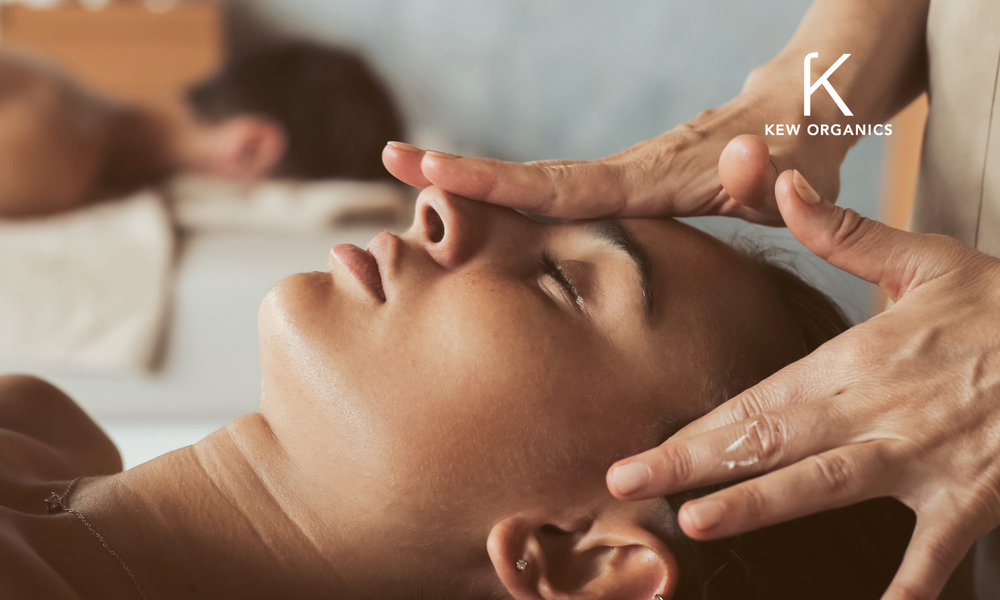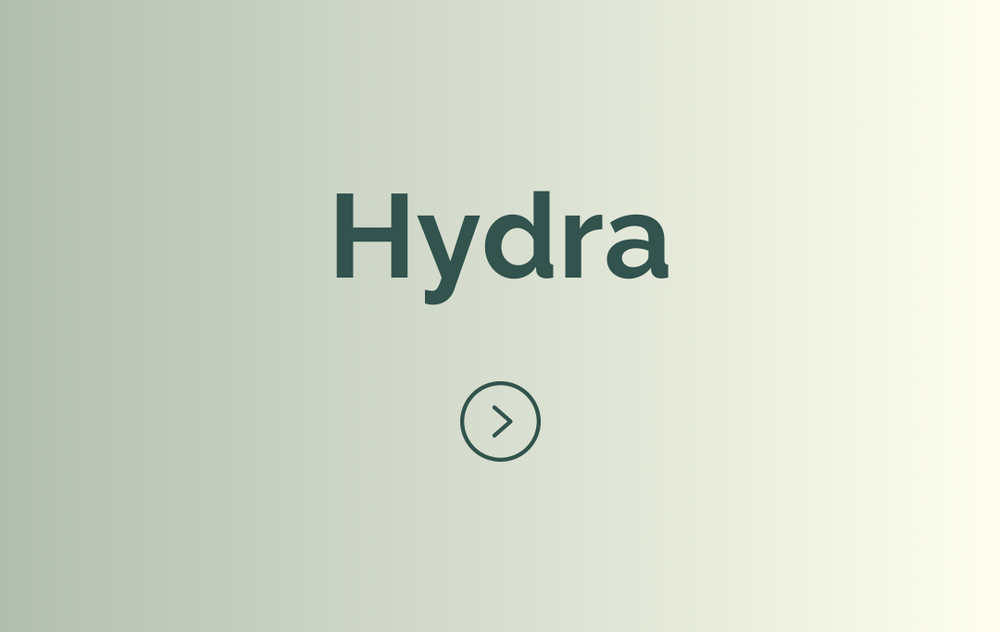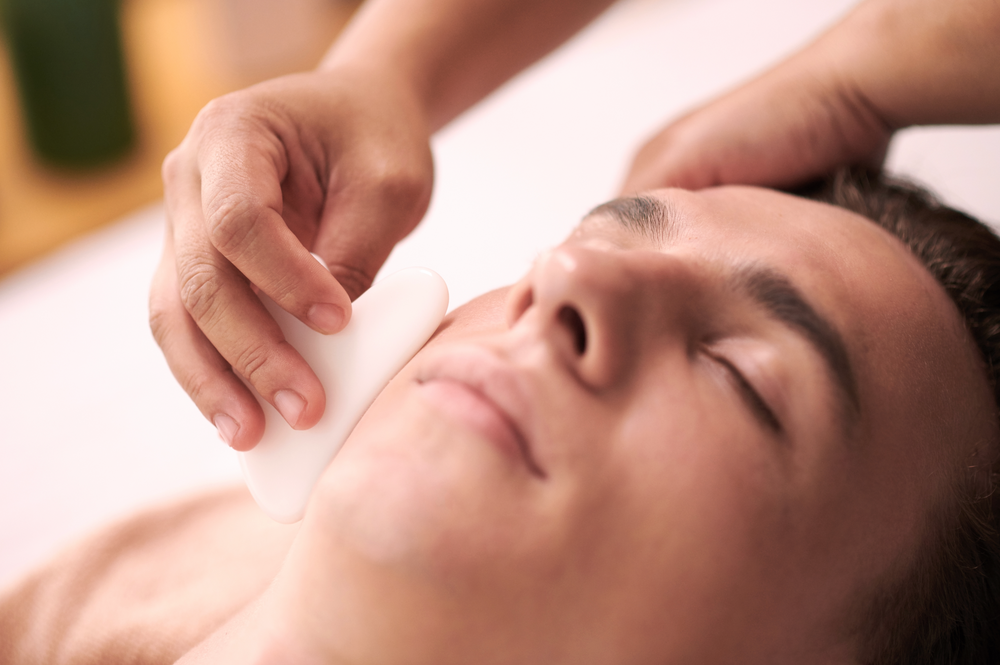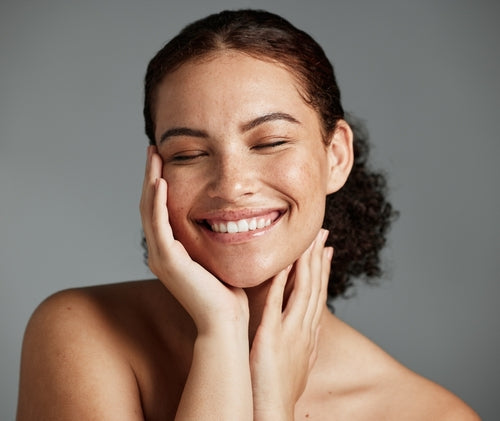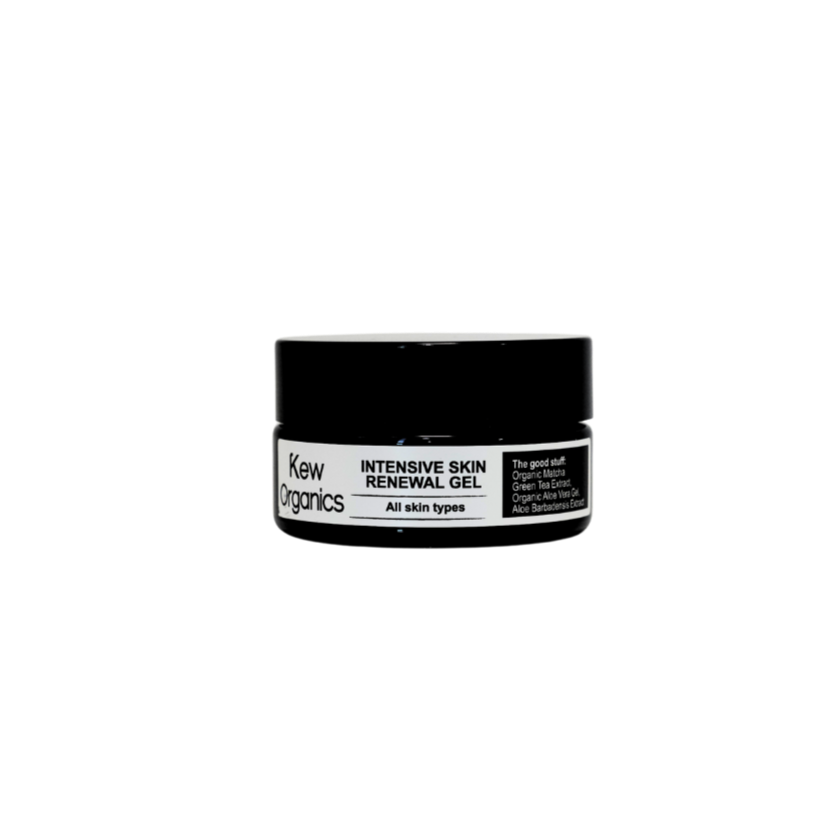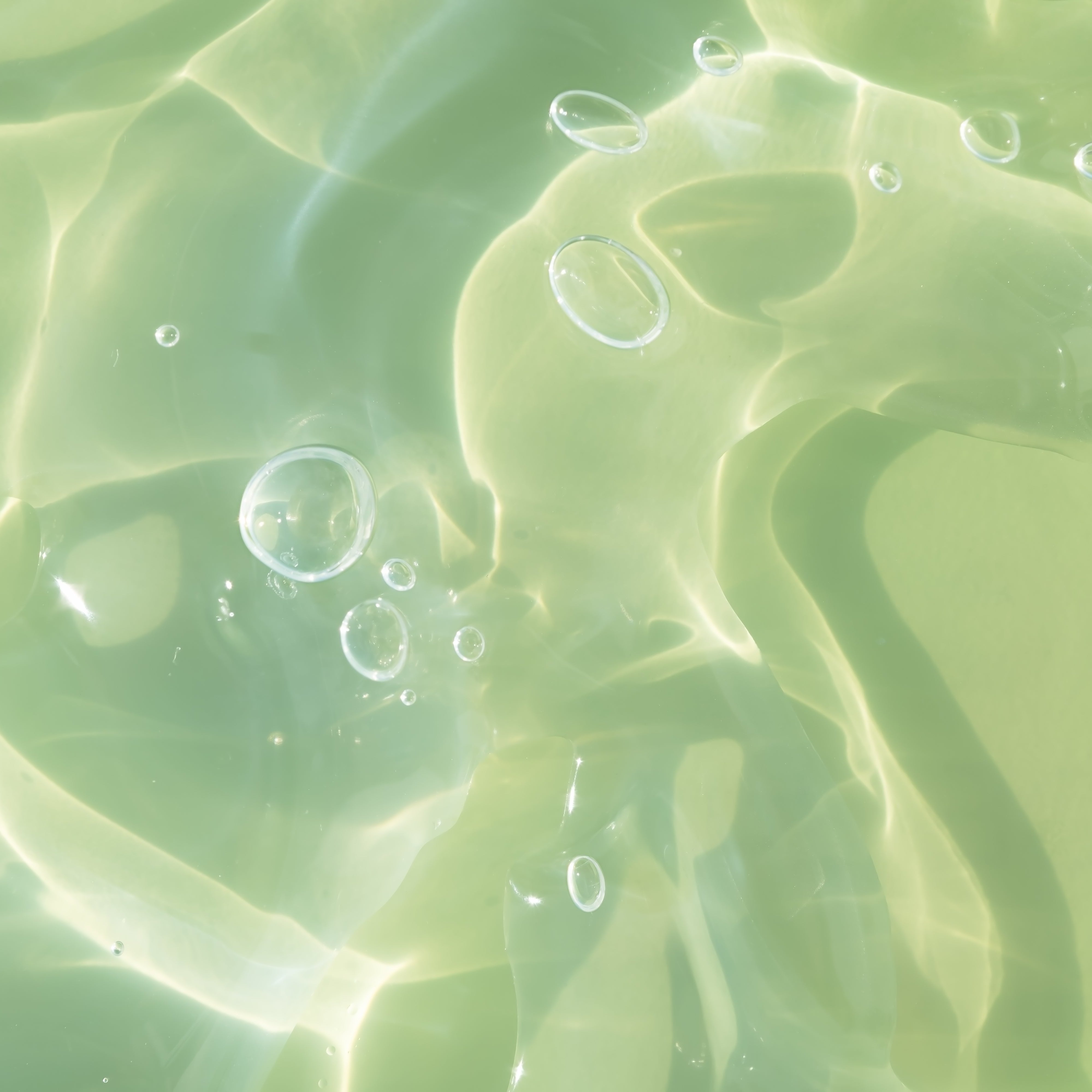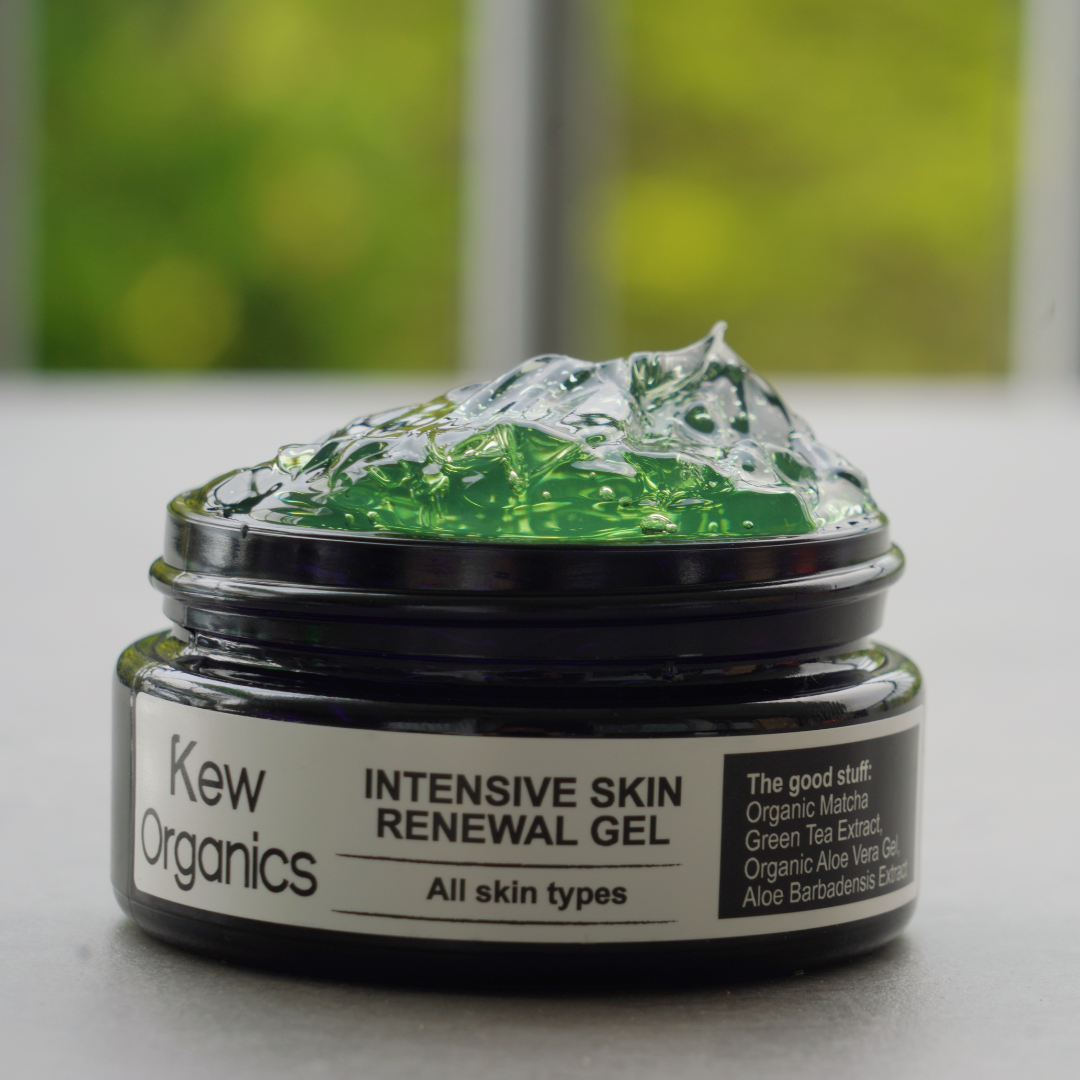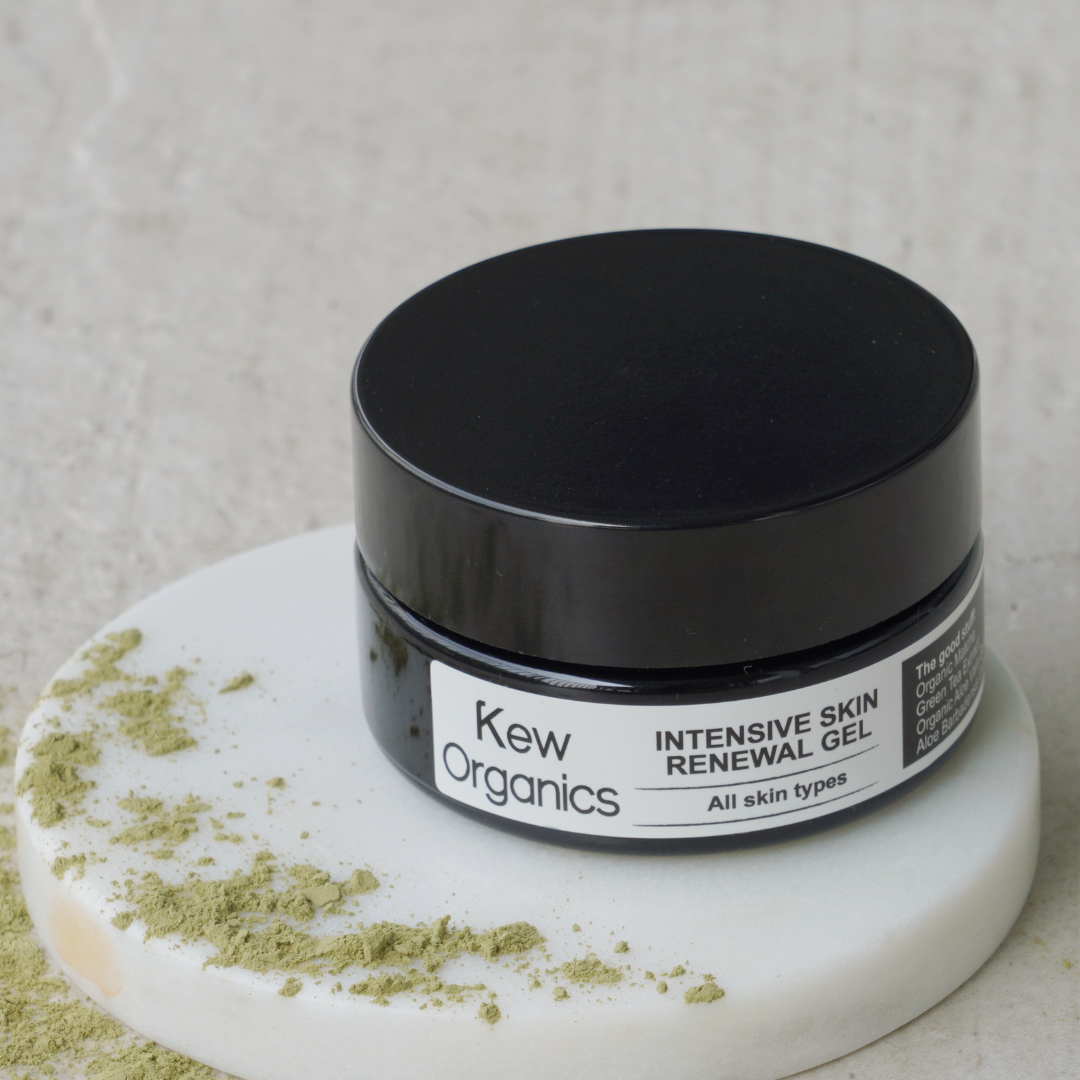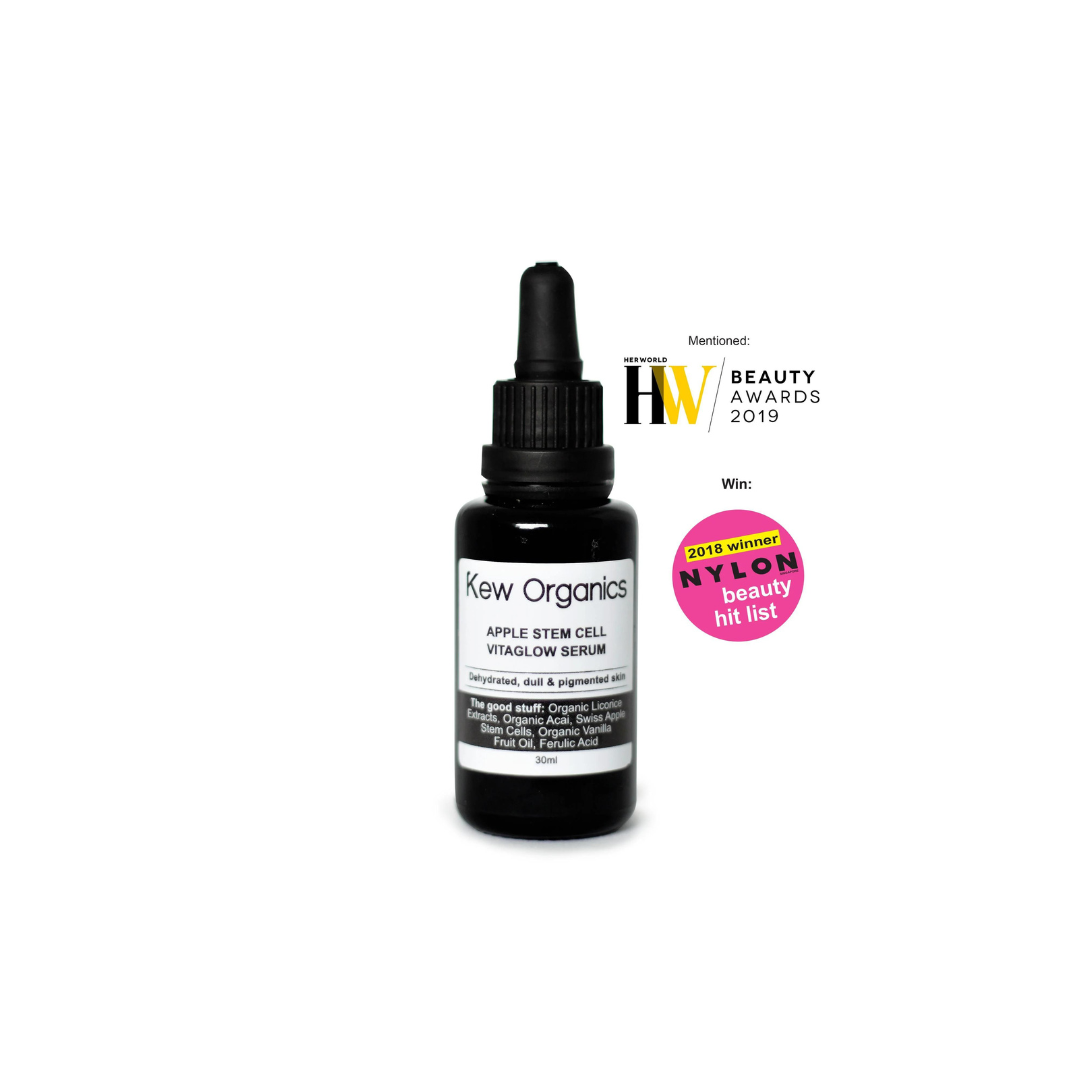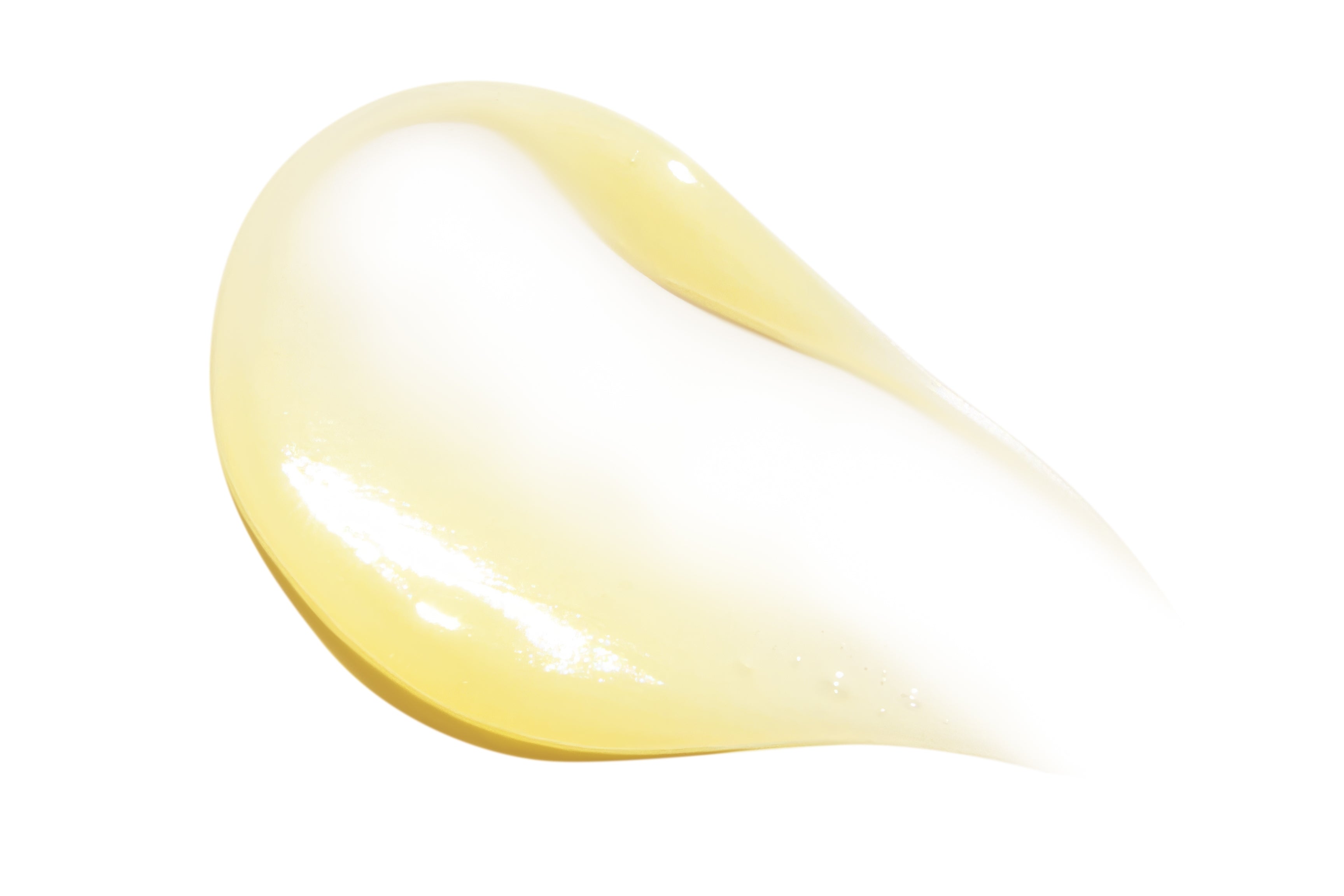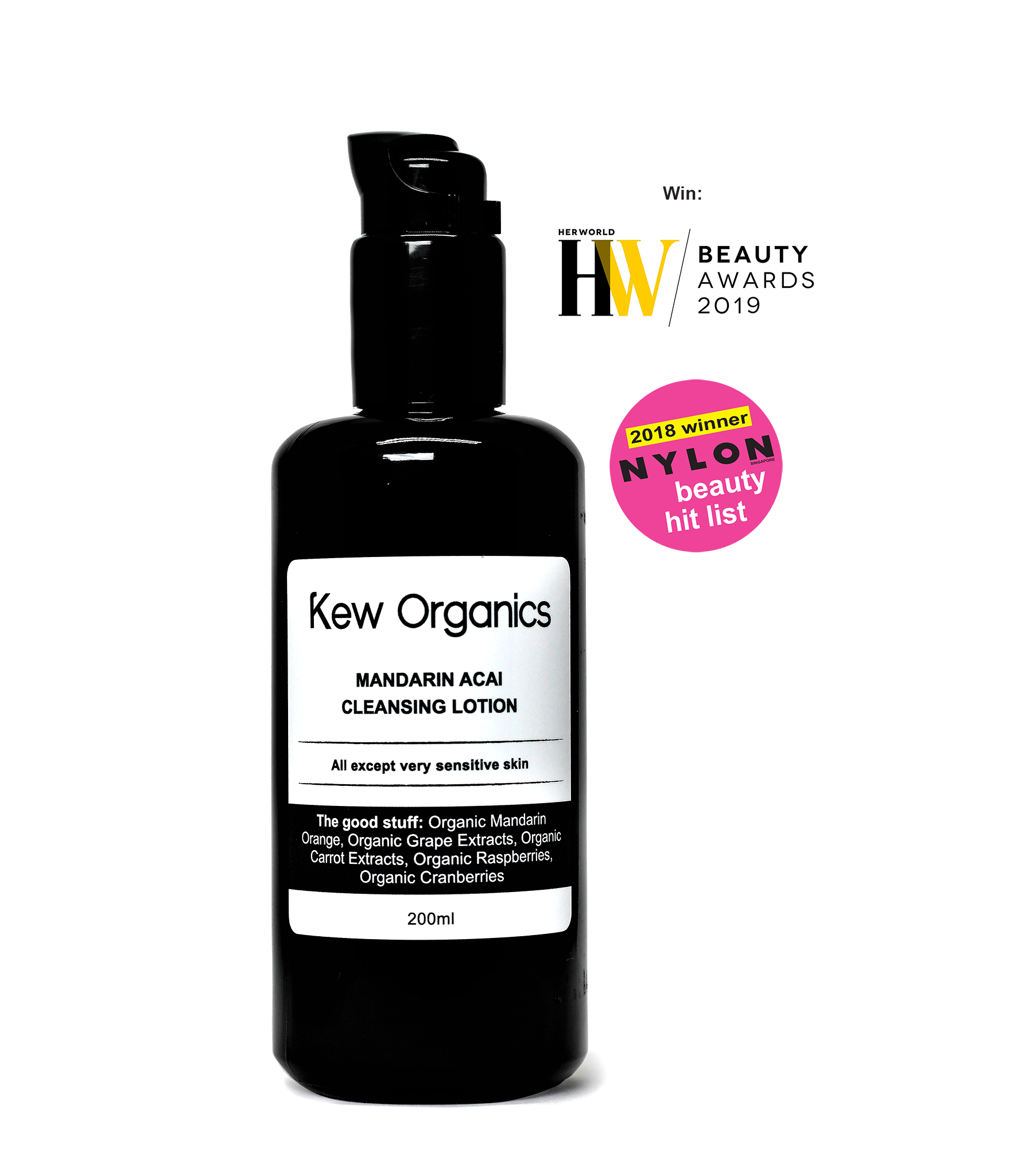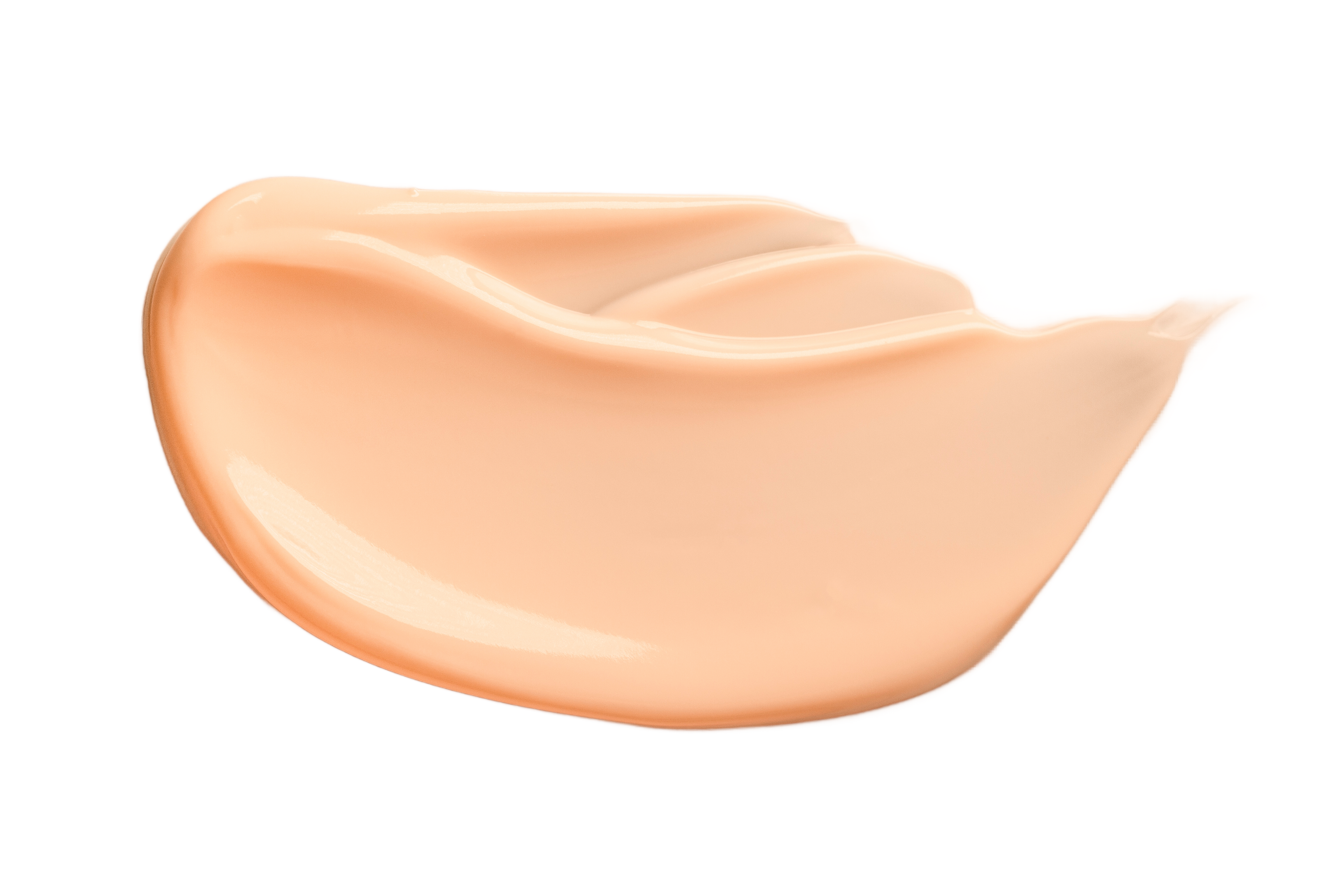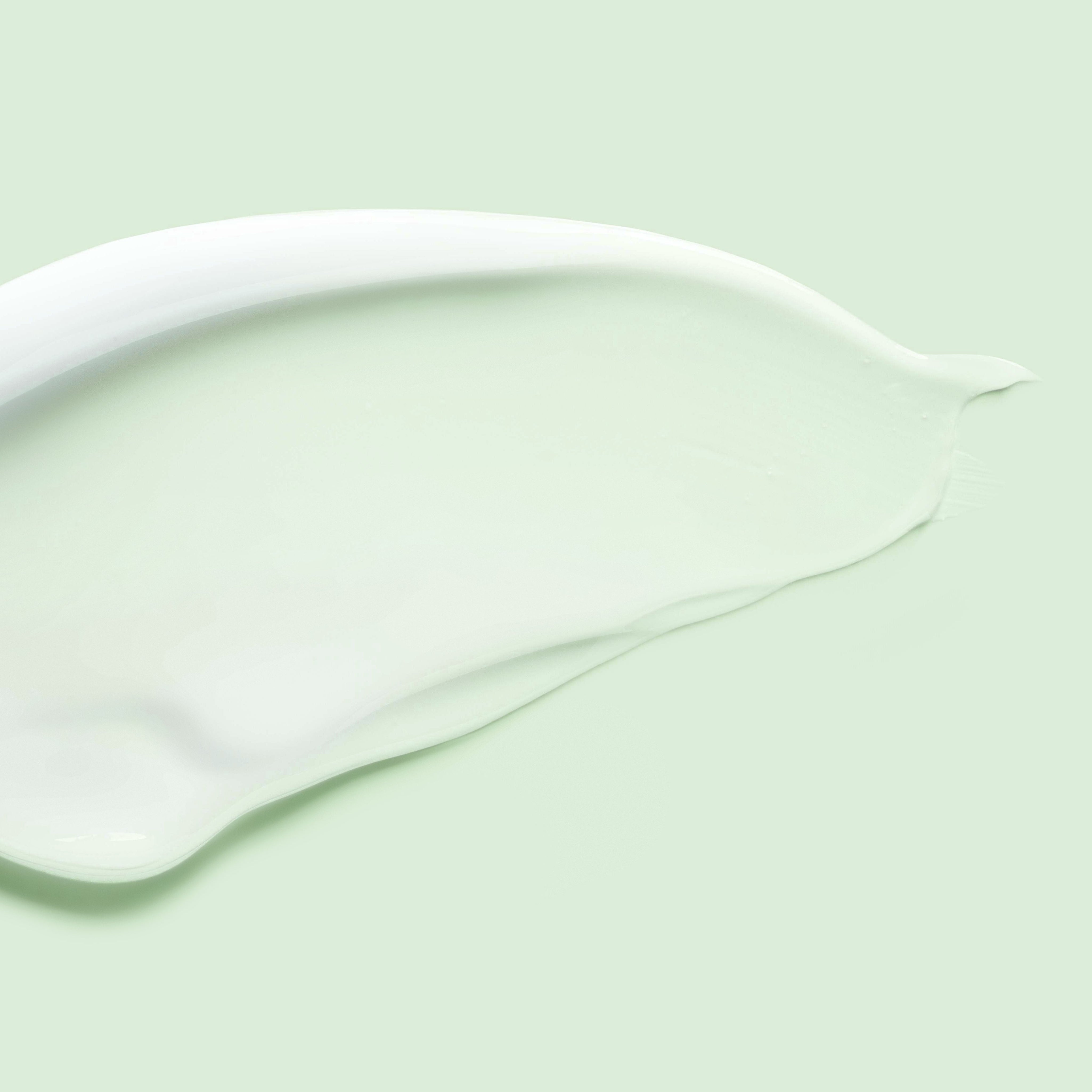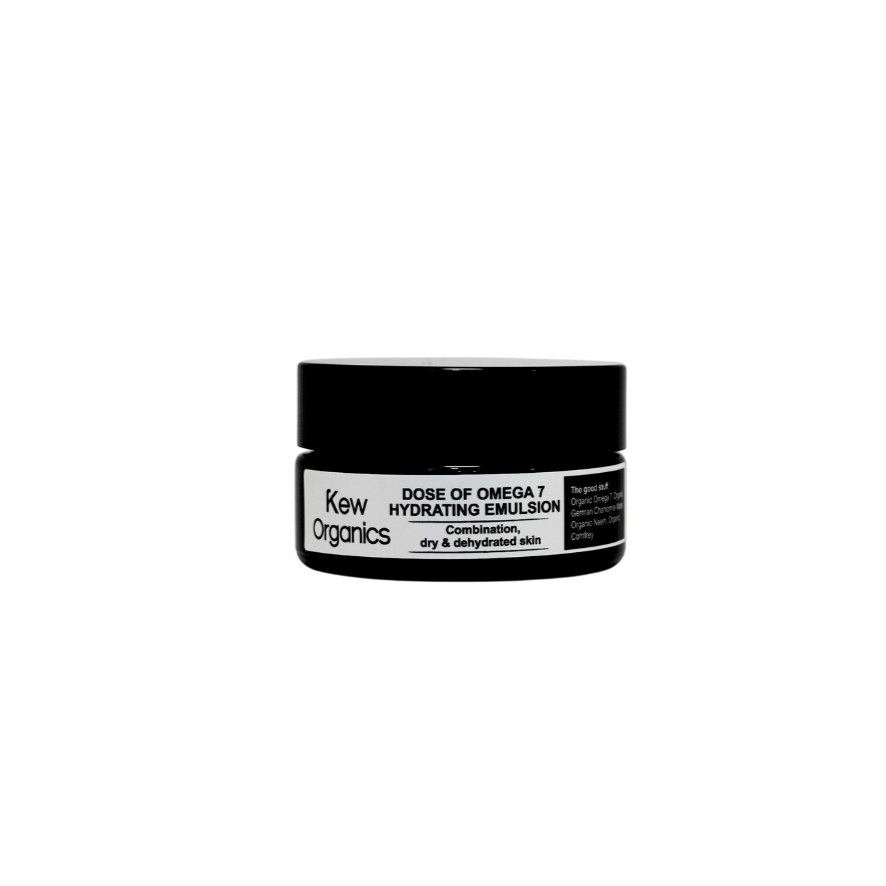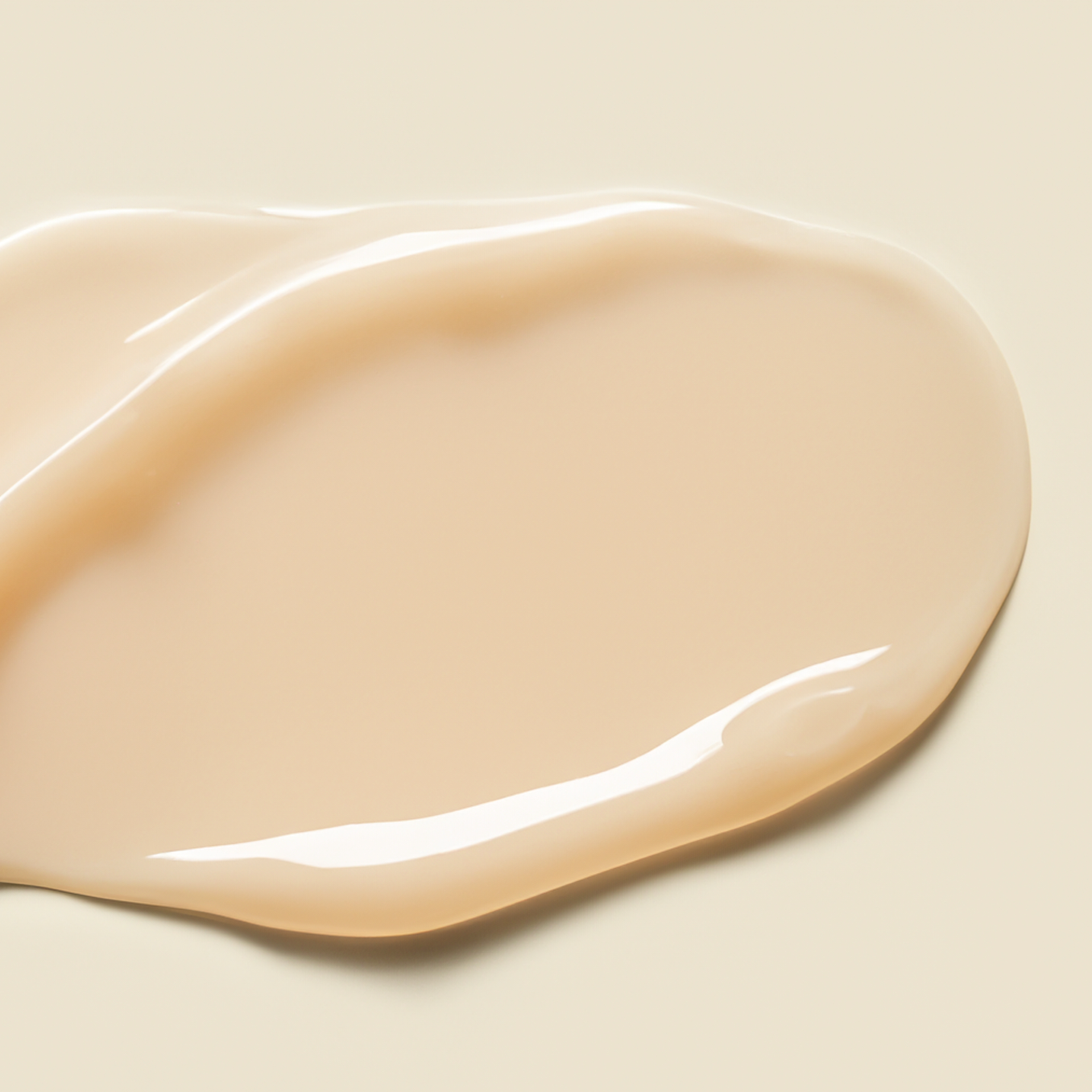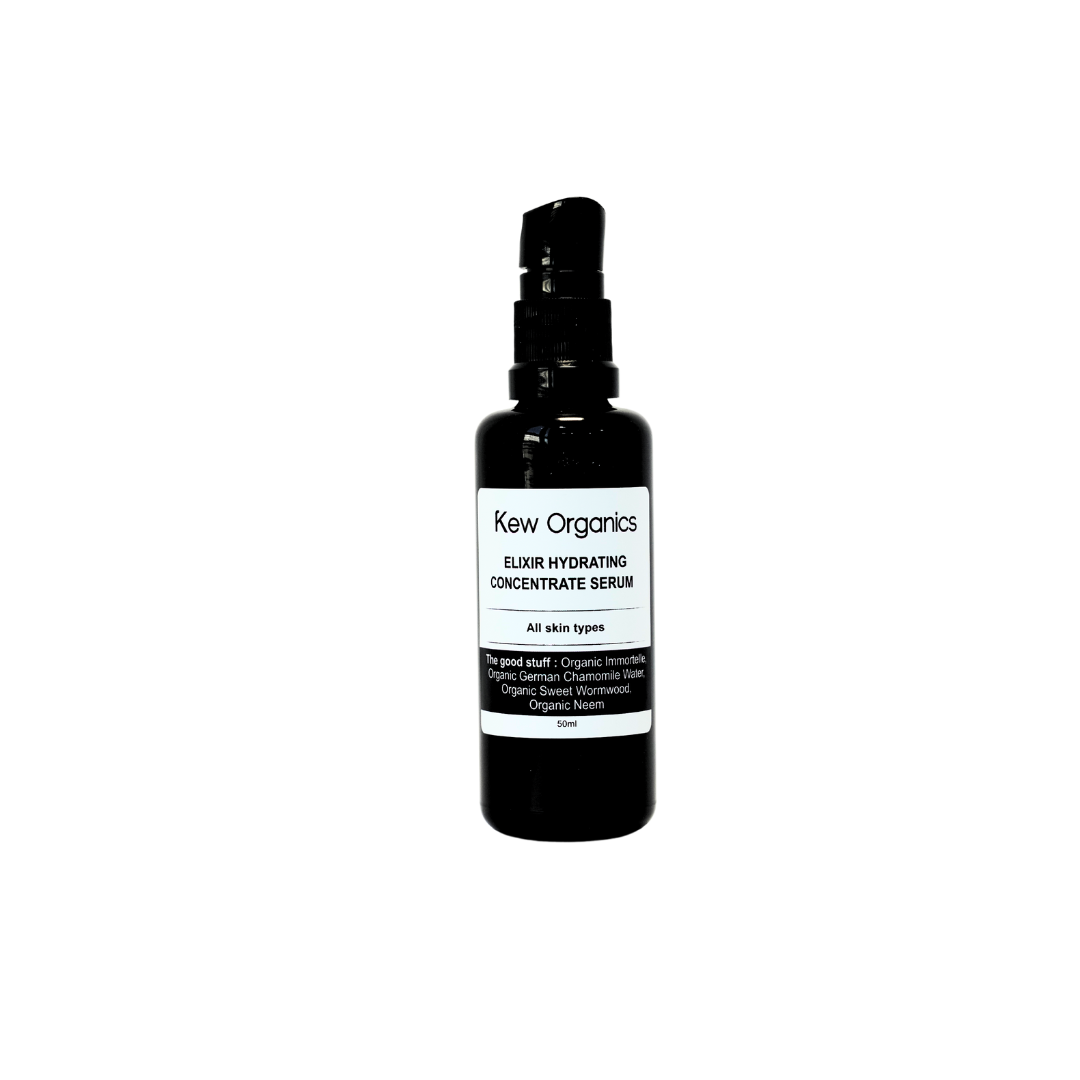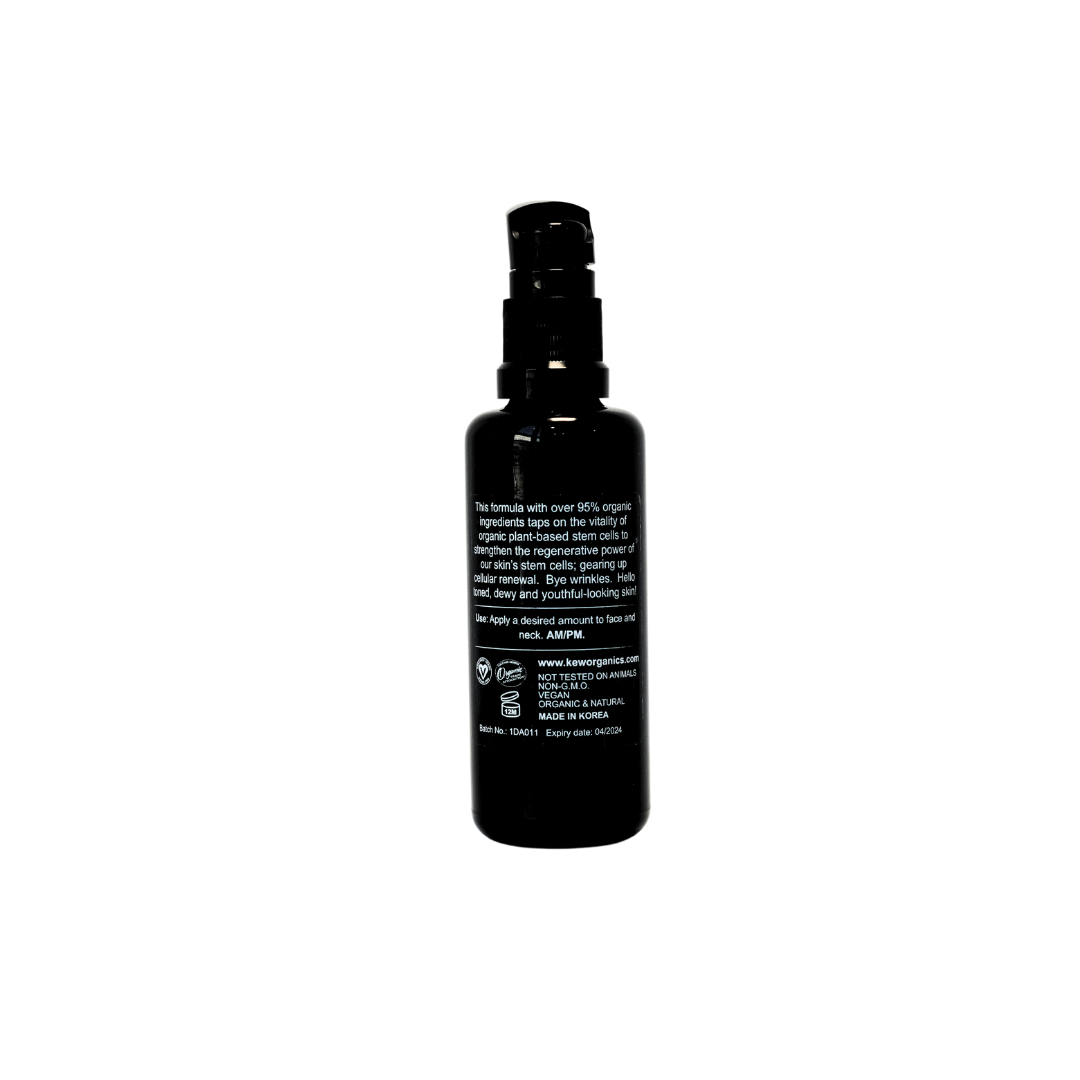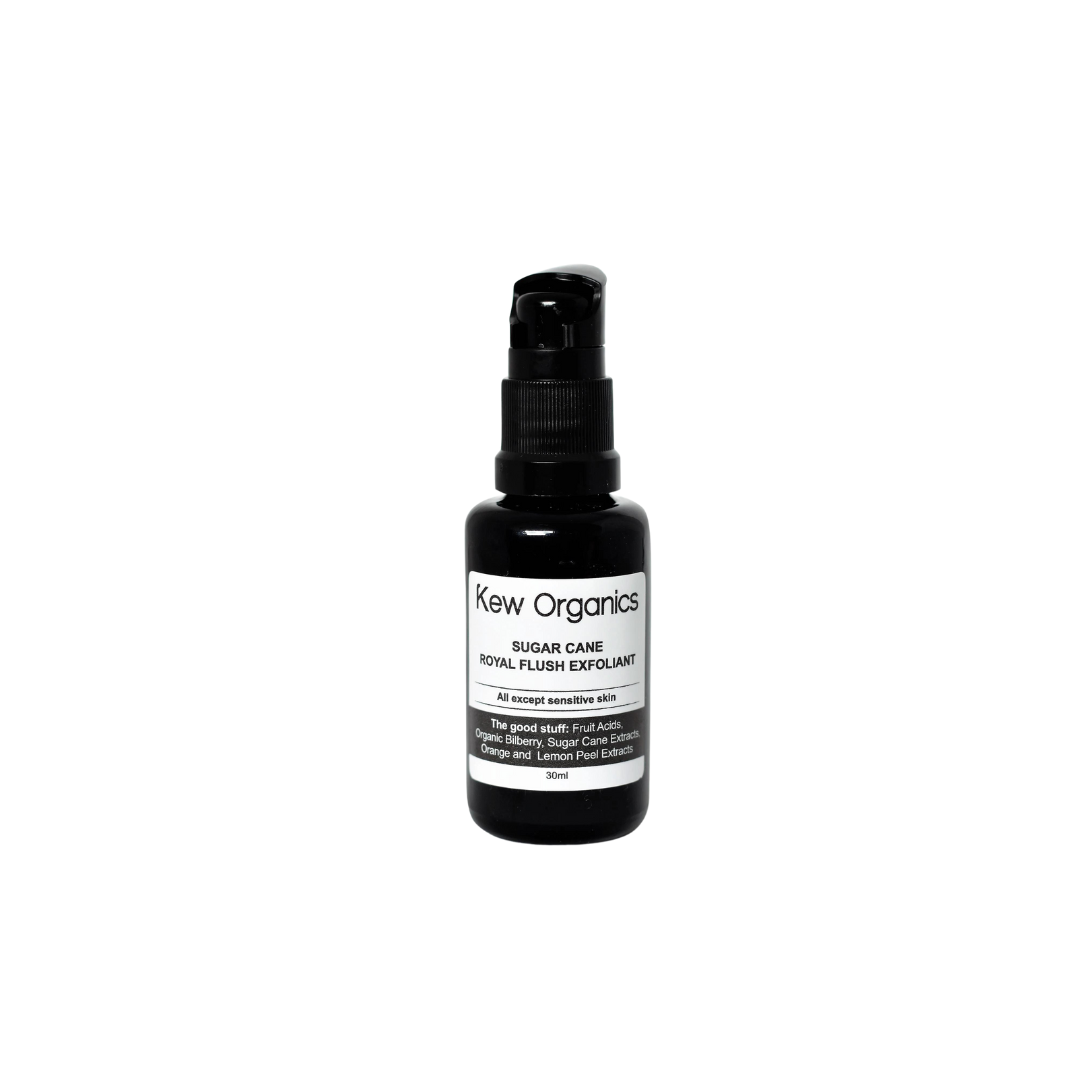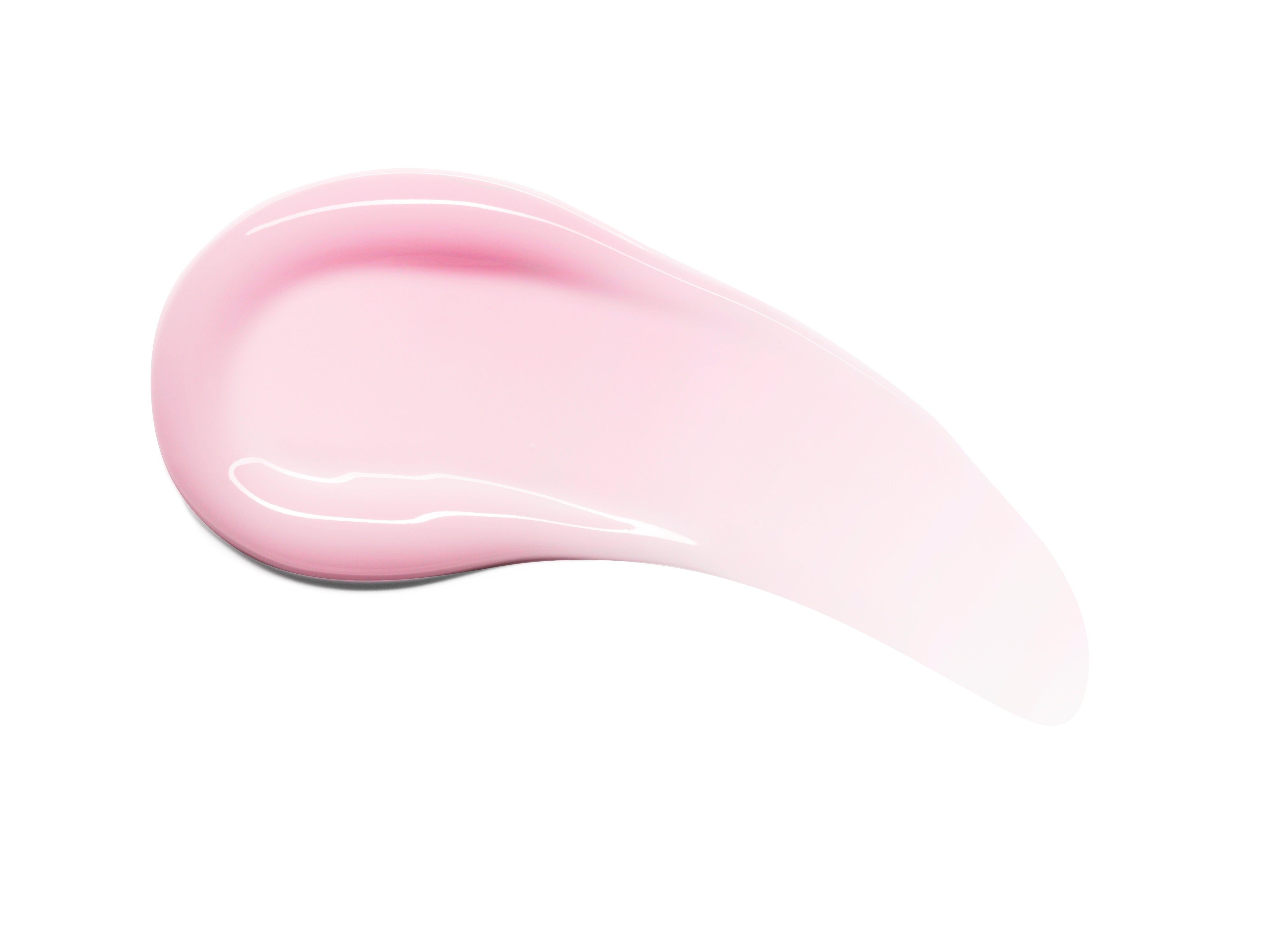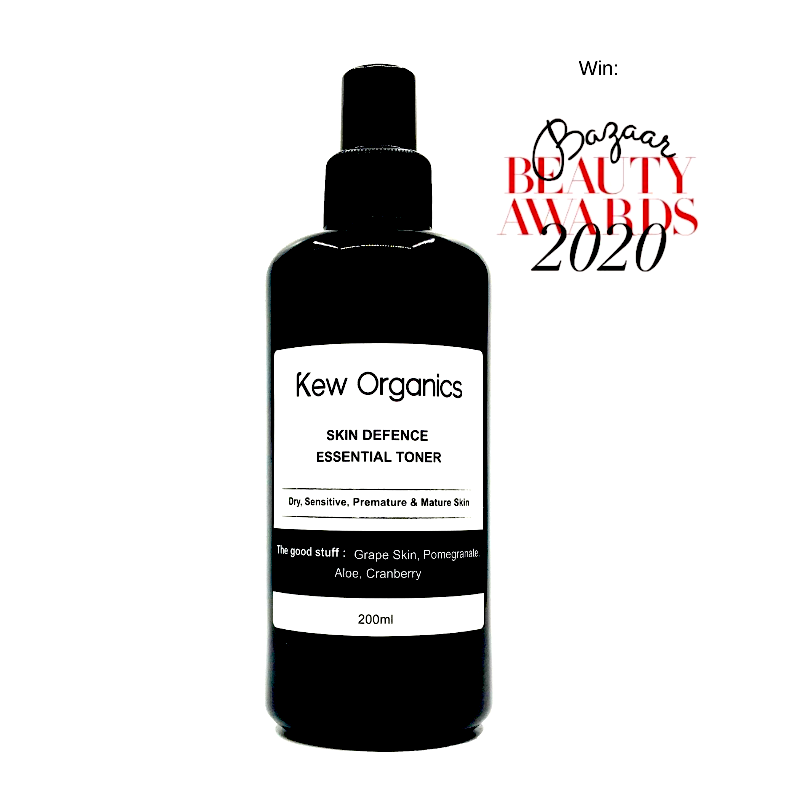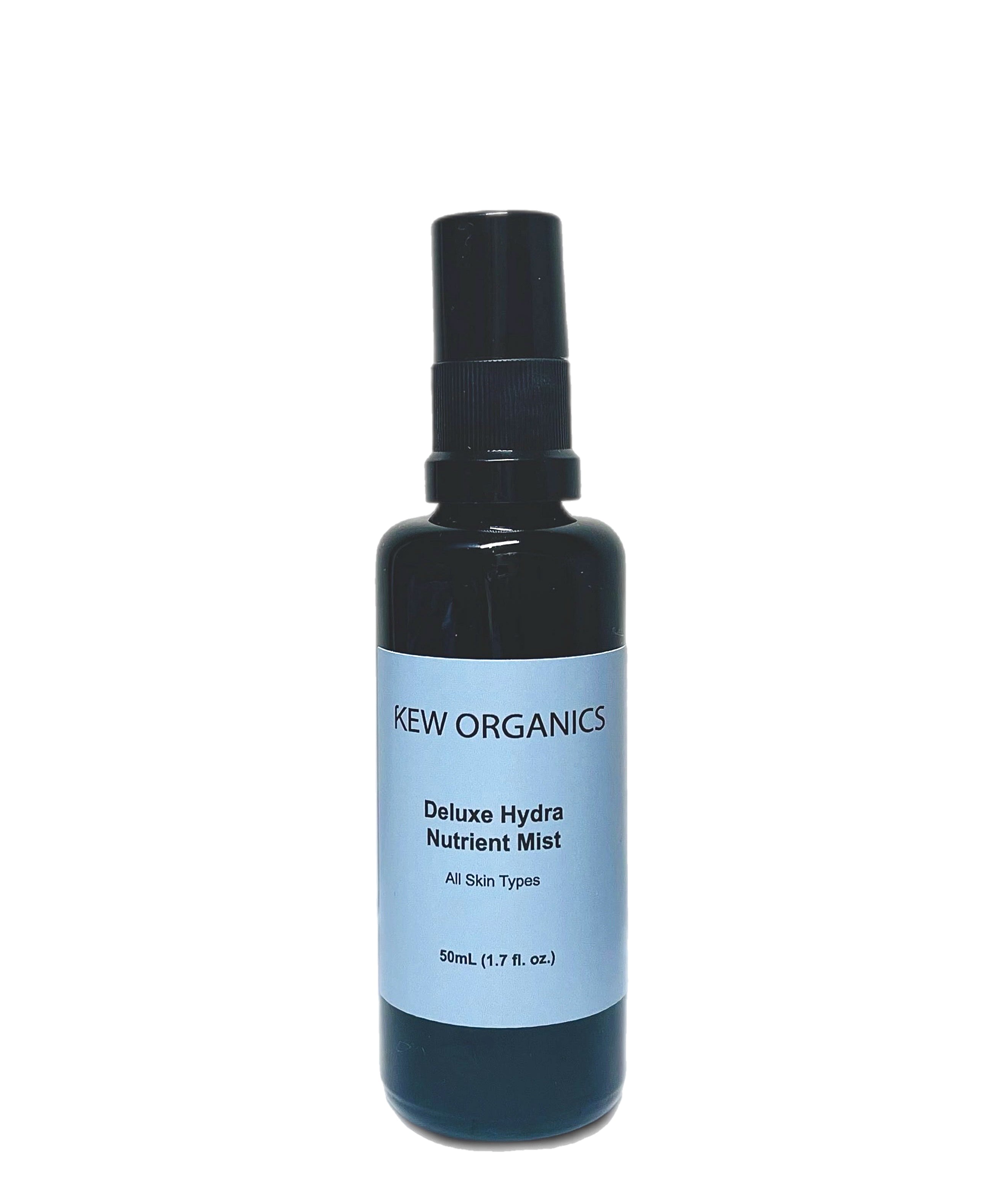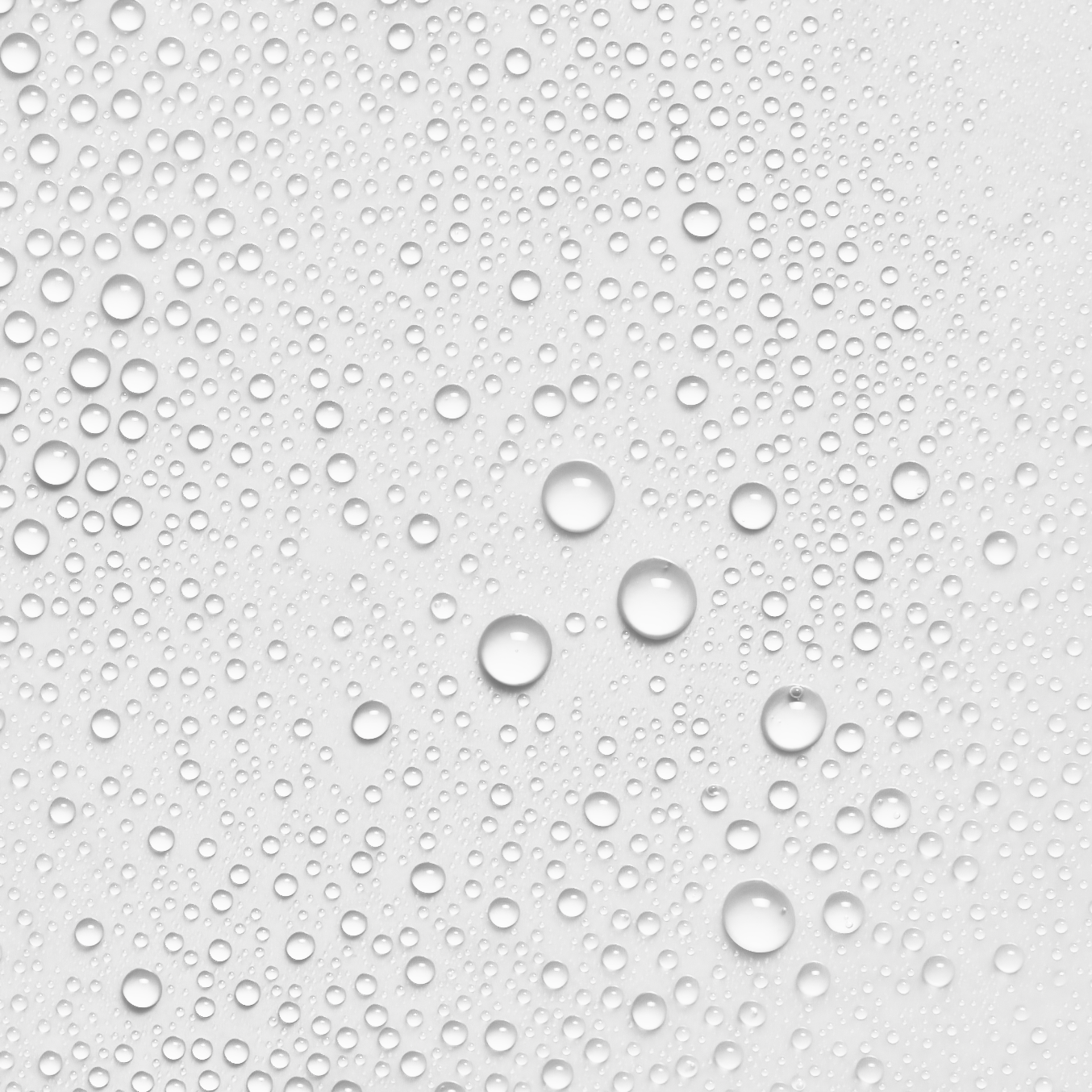Dangers of commercial beauty products
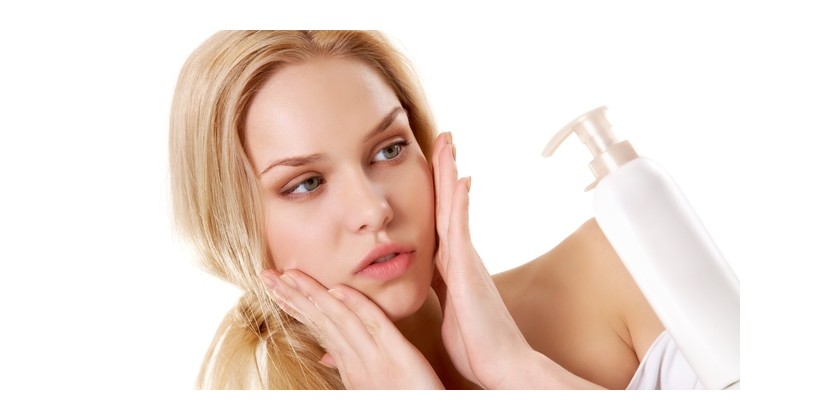
Have you ever thought of what is inside the night cream that you apply around your eyes every night? Or the lotion that you smear onto your skin daily after your shower? When you cover your blemishes, give yourself a sunless tan, or straighten your hair, chances are you use a product with a long list of ingredients. But are those ingredients safe? Here's why what you put on your skin may be an even greater risk for toxin exposure than what you put in your mouth.
Pretty Poison Or Harmless Products?
Our skin is the largest organ in our body and whatever we put onto our skin, it absorbs more than 64% of it. A bottle of night cream found on the shelves of the supermarket store could look so harmless to you but what you don't know is that it is harmful for your skin and some of these ingredients in the cream are even found in your household detergents! There are literally hundreds (if not more) present in most of the commercial skin care products in the market. Some of the ingredients in beauty products aren't that pretty. Researchers have found that one in eight of the 82,000 ingredients used in personal care products are industrial chemicals, including carcinogens, pesticides, reproductive toxins, and hormone disruptors. Many products include plasticizers (chemicals that keep concrete soft), degreasers (used to get grime off auto parts), and surfactants (they reduce surface tension in water, like in paint and inks). Imagine what that does to your skin, and to the environment
Such of some of these commonly known chemicals are
| DEA | A chemically modified form of coconut oil - is used as a foaming agent or thickener in soaps, shampoos, conditioners, and similar products. |
| Sodium Laureth Sulfates | Causes Cancer |
| Dibutyl Phthalate | Commonly used plasticizer. It is also used as an additive to adhesives or printing inks. It is soluble in various organic solvents, e.g. in alcohol, ether and benzene. DBP is also used as an ectoparasiticide. |
| Parabens | Synthetic preservatives used in foods, pharmaceuticals, cosmetics and personal care products. Parabens can mimic hormones in the body and disrupt functions of the endocrine system. |
| Ethylenediamine and Tetraacetic Acid (EDTA) |
Used as a stabilizer. It's linked with skin irritations, allergies, contact dermatitis, reproductive and fetal effects, and kidney damage. |
| Formaldehyde | A carcinogenic chemical present in most embalming fluids — fluids used to temporarily preserve dead bodies. It's also found in most beauty products. |
| Propylene Glycol | Not only does it maintain moisture in the skin, it's a key ingredient in embalming and brake fluids, and it's used as a solvent in the plastics industry. Propylene glycol is also known as antifreeze, a de-icing solution for roads, planes, cars and boats. Exposure may have a negative effect on cell growth; it's been linked to skin allergies, and it can cause permanent damage to the surface of the skin. |
| Petrolatum | Causes premature aging, suffocates the skin and is found in breast tumors. Petrolatum or mineral oil jelly can cause skin photosensitivity or promote sun damage. Petrolatum may interfere with the body's moisturizing mechanism, leading to dry skin and chapping. |
| Fragrance | Contains dozens, even hundreds, of chemicals—including hormone-disrupting phthalates and synthetic musks. |
There is definitely a whole list more of harmful chemicals that is harmful to our skin but what you have read are what you should never find in your products. So the next time you're out shopping for beauty products, turn the bottle around and take a look at it's ingredient list and make sure to look out for these top offenders!


